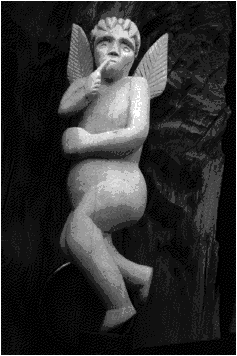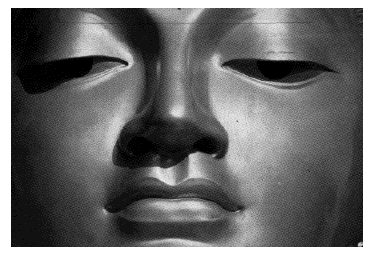To Deadsville
A Year in
The Funeral
Underground
Tim Matson
(Chelsea Green)

Some of the people who were watching, they couldn't eat all day long after that. And I wasn't really affected. It didn't bother me...I knew I had an ability.
Naturally, when we are immersed in the subject of death, there are a few things that pop up that might make a reader squeamish. A visit to the storage room at the medical school where the bodies get dissected can get a bit hairy.
It's an eerie sight, twenty-five bodies resting between semesters like campers in mummy bags waiting for the rising bell.
Matson's reaction is not unlike what most of us would feel,
I feel shaken by what I've seen. Not only the lifeless gray face and the patches of tissue and hair in the stainless-steel pails, but the blunt finality of death. I can't help feeling that life is rushing by way too fast and I'm squandering it.
Besides the stink of the dissecting and burial rooms, there are some interesting bits of information sprinkled around and about. Years ago some of us read Jessica Mitford's wonderfully droll The American Way of Death. As a result, there was a boom in "memorial societies" for those of us who wanted to get planted without it costing us, if you will, an arm and a leg. The good news is that these societies still exist; more importantly, they continue to defy the entrenched funeral businesses. Their national organization is called FAMSA --- The Funeral and Memorial Society of America.
On the downside, if you plan to donate your body to a medical school, or your parts to various organizations, you may be S.O.L. By law, no matter your wishes, written or not, your family has final say-so over the disposal of your remains.
 It is a mildly interesting journey that the author takes us on, but, unfortunately, his writing style may drive some of us to an early grave.
It is a mildly interesting journey that the author takes us on, but, unfortunately, his writing style may drive some of us to an early grave.
W e ignore death until it hits. Just bake and shake, very liberating. But if we are so enlightened, why all the depression and anxiety? Perhaps down deep, the white worm doesn't like being ignored.
Or, when discussing shipping bodies by air, Matson comments that it seems "An extreme way to get more leg room on the plane." And his summary of present-day American life comes to be as tedious as the tedium he wants to describe:
The planet is crowded and polluted, but instead of dealing with those problems, everybody's zonked out watching videos and surfing the net. Are we turning into high-tech vampires living vicarious lives, and ever longer ones at that? But hey, aren't vampires supposed to live forever.
But hey indeed...A good editor would never have allowed such supercilious sentiments into what could have been a vital exegesis on a problem, the problem, we all face.
The whole of Round-Trip has the smell of an idea hammered together in a three page précis, and then written to order for the publisher. It's a mushroom-
